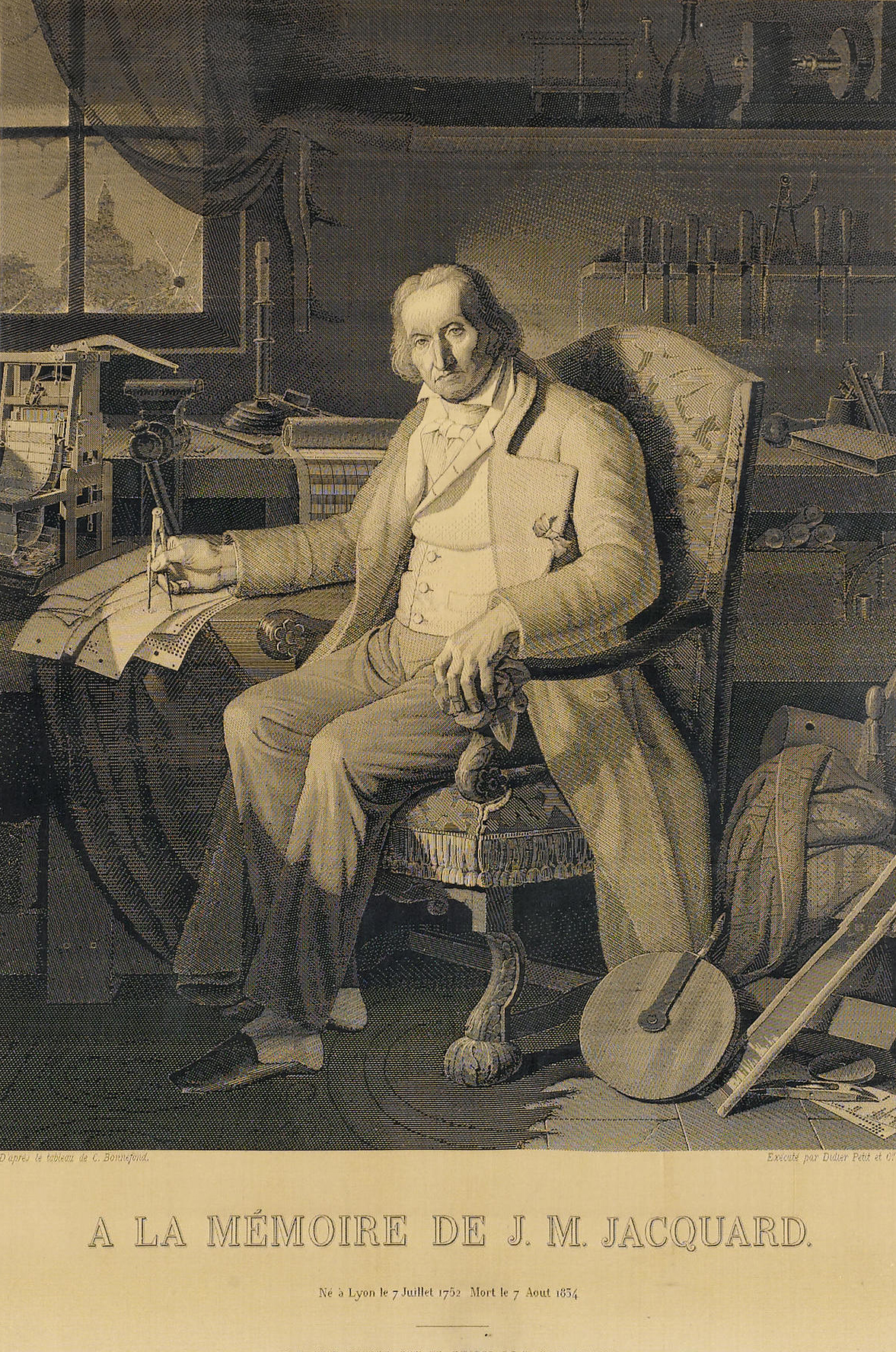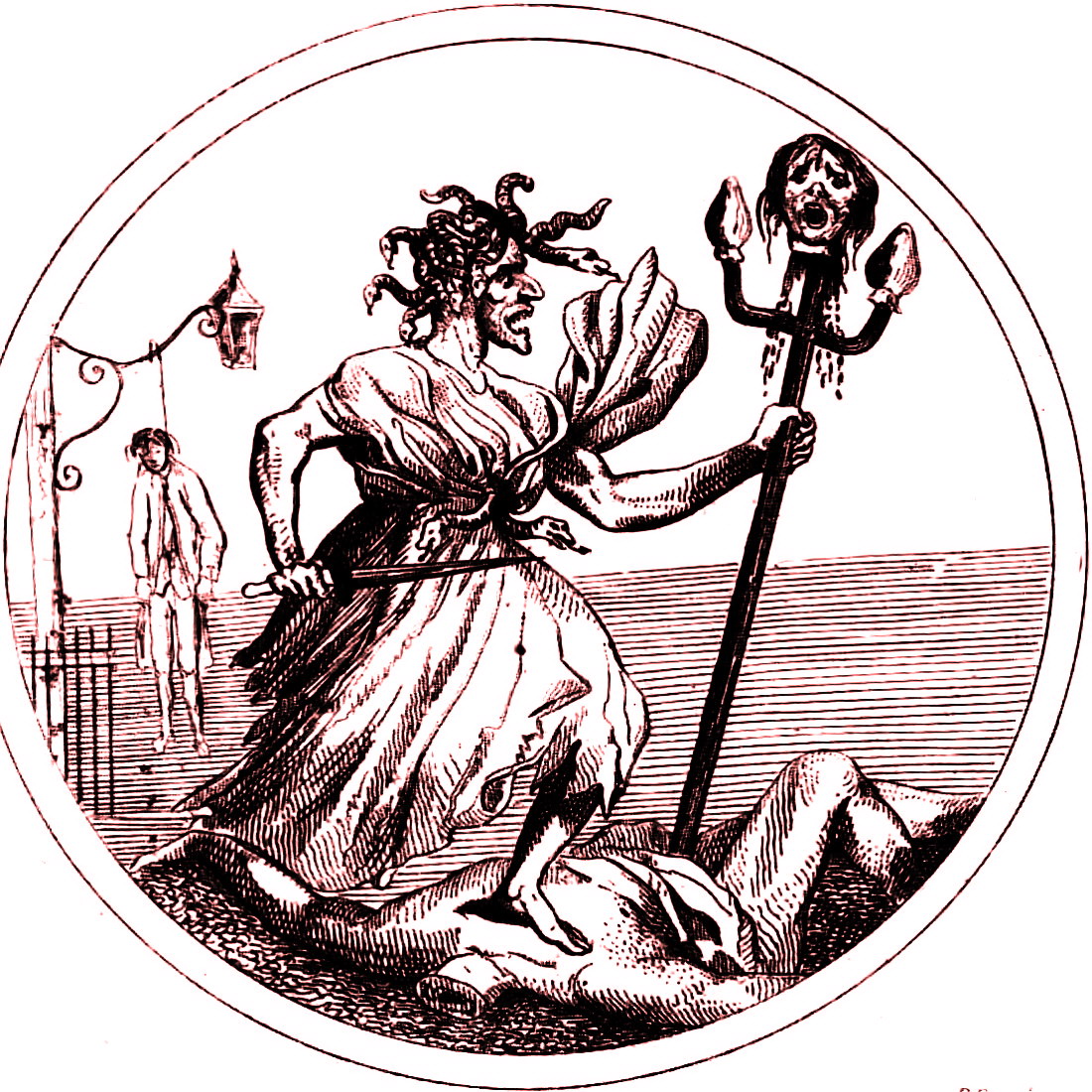|
Rue Du Sergent Blandan
The Rue du Sergent Blandan is one of the oldest streets of Lyon. It connects Saint Vincent and the slopes of the Croix-Rousse quarters, in the 1st arrondissement of Lyon. The street starts rue Pareille, runs along the Place Sathonay, crosses the rue Hippolyte Flandrin, the rue Louis Vitet and the rue du Terme, and becomes the rue des Capucins just after the square of the same name. The street belongs to the zone classified World Heritage Site by UNESCO. It is named in honour of Sergent Blandan (Jean Pierre Hippolyte Blandan), who participated in the conquest of Algeria. Description and architecture The street is narrow and winding and ends with a short climb and a paved ground. To the north, the odd numbers side begins with a 1912 school, then there are three to five-floor old 17th-century buildings decorated with beautiful doorsteps, generally with stone arches; in front, there are also 20th-century buildings. For example, the doorstep at No. 8 shows a fight between a lion and a ... [...More Info...] [...Related Items...] OR: [Wikipedia] [Google] [Baidu] |
1st Arrondissement Of Lyon
The 1st arrondissement of Lyon, France is one of the nine arrondissements of the City of Lyon. It is located below the hill of Croix-Rousse and on the north part of the Presqu'île formed by the Saône and the Rhône, the two rivers in Lyon. This zone is served by the metro lines and . History ''Les pentes'' (the slopes Croix-Rousse, which were situated in the Franc-Lyonnais, are integrated to the city of Lyon since 1512, when Louis XII decided to build a fortification on the top of the hill Saint-Sébastien (name of Croix-Rousse in the Middle Ages) to defend the city. The arrondissement was created 24 March 1852 (also the date of the creation of the 5 first arrondissements). Geography Area and demographics Located in the centre of the presqu'île, the 1st arrondissement is the smallest of all the arrondissements de Lyon. Around the place des Terreaux, bars and pubs across the street make the 1st arrondissement one of the more animated the night and days. * Area: *1999: ... [...More Info...] [...Related Items...] OR: [Wikipedia] [Google] [Baidu] |
Street Name Sign
A street name sign is a type of traffic sign used to identify named roads, generally those that do not qualify as expressways or highways. Street name signs are most often found posted at intersections; sometimes, especially in the United States, in perpendicularly oriented pairs identifying each of the crossing streets. Description Modern street name signs may be mounted in various ways, such as attached to walls or on utility poles or smaller purpose-made sign poles posted on a streetcorner, or hung over intersections from overhead supports like wires or pylons. When attached to poles, they may be stacked onto each other in alternating directions or mounted perpendicular to each other, with each sign facing the street it represents. Until around 1900 in the USA, however, street name signs were often mounted on the corners of buildings, or even chiseled into the masonry, and many of those signs still exist in older neighborhoods. They are commonly used in France and the Un ... [...More Info...] [...Related Items...] OR: [Wikipedia] [Google] [Baidu] |
Paul Chenavard
Paul-Marc-Joseph Chenavard (9 December 1808 – 1895, Paris) was a French painter. Life Entering the École des beaux-arts en 1825, he studied in the studio of Ingres alongside his friend Joseph Guichard, then in the studios of Hersent and Delacroix. Under the influence of German philosophy and painting, he considered art's aim had to be humanitarian and civilising. He was buried in the new Cimetière de Loyasse at Lyon. Works *''Hell'' (1846), Montpellier, Musée Fabre *''The Continence of Scipio'' (1848) Lyon, Musée des Beaux-Arts *''Divina Tragedia'' (between 1865 and 1869) Paris, Musée d'Orsay The Musée d'Orsay ( , , ) ( en, Orsay Museum) is a museum in Paris, France, on the Left Bank of the Seine. It is housed in the former Gare d'Orsay, a Beaux-Arts railway station built between 1898 and 1900. The museum holds mainly French art ... Bibliography * Joseph C. Sloane, ''Paul Marc Joseph Chenavard: Artist of 1848'', Chapel Hill, The University of North Car ... [...More Info...] [...Related Items...] OR: [Wikipedia] [Google] [Baidu] |
Jacquard Loom
The Jacquard machine () is a device fitted to a loom that simplifies the process of manufacturing textiles with such complex patterns as brocade, damask and matelassé. The resulting ensemble of the loom and Jacquard machine is then called a Jacquard loom. The machine was patented by Joseph Marie Jacquard in 1804, based on earlier inventions by the Frenchmen Basile Bouchon (1725), Jean Baptiste Falcon (1728), and Jacques Vaucanson (1740). The machine was controlled by a "chain of cards"; a number of punched cards laced together into a continuous sequence. Multiple rows of holes were punched on each card, with one complete card corresponding to one row of the design. Both the Jacquard process and the necessary loom attachment are named after their inventor. This mechanism is probably one of the most important weaving innovations as Jacquard shedding made possible the automatic production of unlimited varieties of complex pattern weaving. The term "Jacquard" is not specific or l ... [...More Info...] [...Related Items...] OR: [Wikipedia] [Google] [Baidu] |
Municipal Council
A municipal council is the legislative body of a municipality or local government area. Depending on the location and classification of the municipality it may be known as a city council, town council, town board, community council, rural council, village council, or board of aldermen. Australia Because of the differences in legislation between the states, the exact definition of a city council varies. However, it is generally only those local government areas which have been specifically granted city status (usually on a basis of population) that are entitled to refer to themselves as cities. The official title is "Corporation of the City of ______" or similar. Some of the urban areas of Australia are governed mostly by a single entity (see Brisbane and other Queensland cities), while others may be controlled by a multitude of much smaller city councils. Also, some significant urban areas can be under the jurisdiction of otherwise rural local governments. Periodic re-alignm ... [...More Info...] [...Related Items...] OR: [Wikipedia] [Google] [Baidu] |
Reign Of Terror
The Reign of Terror (french: link=no, la Terreur) was a period of the French Revolution when, following the creation of the First Republic, a series of massacres and numerous public executions took place in response to revolutionary fervour, anticlerical sentiment, and accusations of treason by the Committee of Public Safety. There is disagreement among historians over when exactly "the Terror" began. Some consider it to have begun only in 1793, giving the date as either 5 September, June or March, when the Revolutionary Tribunal came into existence. Others, however, cite the earlier time of the September Massacres in 1792, or even July 1789, when the first killing of the revolution occurred. The term "Terror" being used to describe the period was introduced by the Thermidorian Reaction who took power after the fall of Maximilien Robespierre in July 1794, to discredit Robespierre and justify their actions. Today there is consensus amongst historians that the exceptional revo ... [...More Info...] [...Related Items...] OR: [Wikipedia] [Google] [Baidu] |
Ancien Régime
''Ancien'' may refer to * the French word for "ancient, old" ** Société des anciens textes français * the French for "former, senior" ** Virelai ancien ** Ancien Régime ** Ancien Régime in France {{disambig ... [...More Info...] [...Related Items...] OR: [Wikipedia] [Google] [Baidu] |
Montée Des Carmélites
The Montée des Carmélites is one of the oldest streets of Lyon, dating from Roman times, located in the 1st arrondissement of Lyon. It connects the Saint-Vincent quarter to the Plateau de la Croix-Rousse. It is situated between the rue de la Tourette and the rue Ray Fernand, and ends at the intersection of the rue Burdeau, rue du Jardin des Plantes and rue de l'Annonciade. History This route, originally named Voie du Rhin, was then called montée de la Déserte in reference to a convent founded in 1296 by Blanche de Châlon at the location of the current Place Sathonay. It was also known as Côte Saint-Vincent. At least from 1651, the street took its current name, referring to the Carmelites who were established in the neighborhood in 1616 by Jacqueline de Harlay, wife of Governor Charles de Neuville d'Alincourt. The convent of the Sisters of St. Charles replaced a monastery established here in 1624. On 22 November 1831, a battalion of the army was disarmed by the canuts in this ... [...More Info...] [...Related Items...] OR: [Wikipedia] [Google] [Baidu] |
Montée De La Grande Côte
The Montée de la Grande Côte, or the Montée de la Grande-Côte, is a street of La Croix-Rousse quarter, in the 1st arrondissement of Lyon, which connects the Terreaux quarter and the Plateau de la Croix Rousse. It is characterized by a high elevation and is more narrow at the bottom. The street belongs to the zone that is classified as World Heritage Site by UNESCO. History In the Middle Ages, this street was still a country path already taken during the prehistoric times, bordered by agricultural land, including vineyards. The nuns of the desert bought the western part in 1296 and decided to change the route in a street several centuries later. It was urbanized in the 16th century. Then, from the 16th century, it became a major axis of entry and exit from the Presqu'île by the North since the Porte Saint-Sébastien or La Croix-Rousse. Thus, the street was originally called Grand'Côte Saint-Sébastien and Grand'Côte de La Croix-Rousse. The upper part of the street was named P ... [...More Info...] [...Related Items...] OR: [Wikipedia] [Google] [Baidu] |
Plaque Rue Du Sergent Blandan
Plaque may refer to: Commemorations or awards * Commemorative plaque, a plate or tablet fixed to a wall to mark an event, person, etc. * Memorial Plaque (medallion), issued to next-of-kin of dead British military personnel after World War I * Plaquette, a small plaque in bronze or other materials Science and healthcare * Amyloid plaque * Atheroma or atheromatous plaque, a buildup of deposits within the wall of an artery * Dental plaque, a biofilm that builds up on teeth * A broad papule, a type of cutaneous condition * Pleural plaque, associated with mesothelioma, cancer often caused by exposure to asbestos * Senile plaques, an extracellular protein deposit in the brain implicated in Alzheimer's disease * Skin plaque, a plateau-like lesion that is greater in its diameter than in its depth * Viral plaque, a visible structure formed by virus propagation within a cell culture Other uses * Plaque, a rectangular casino token See also * * * Builder's plate * Plac (disambiguation ... [...More Info...] [...Related Items...] OR: [Wikipedia] [Google] [Baidu] |
Lyon
Lyon,, ; Occitan: ''Lion'', hist. ''Lionés'' also spelled in English as Lyons, is the third-largest city and second-largest metropolitan area of France. It is located at the confluence of the rivers Rhône and Saône, to the northwest of the French Alps, southeast of Paris, north of Marseille, southwest of Geneva, northeast of Saint-Étienne. The City of Lyon proper had a population of 522,969 in 2019 within its small municipal territory of , but together with its suburbs and exurbs the Lyon metropolitan area had a population of 2,280,845 that same year, the second most populated in France. Lyon and 58 suburban municipalities have formed since 2015 the Metropolis of Lyon, a directly elected metropolitan authority now in charge of most urban issues, with a population of 1,411,571 in 2019. Lyon is the prefecture of the Auvergne-Rhône-Alpes region and seat of the Departmental Council of Rhône (whose jurisdiction, however, no longer extends over the Metropolis of Lyo ... [...More Info...] [...Related Items...] OR: [Wikipedia] [Google] [Baidu] |



.jpg)